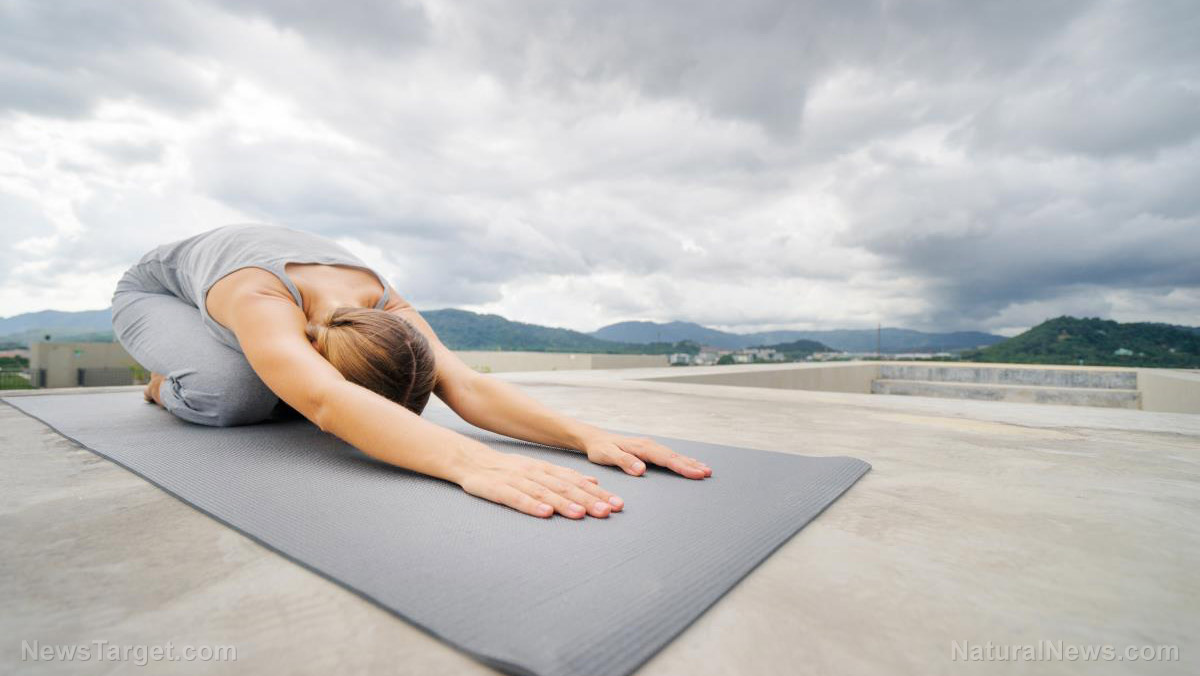How many calories do you burn walking? It depends – on what you’re carrying and whether you’re going uphill or down
11/27/2017 / By Michelle Simmons

Researchers have developed a new way to determine how many calories a person burns when walking uphill or downhill, as reported by the Science Daily.
Researchers from the Southern Methodist University (SMU) have developed a more accurate method called the “Minimum Mechanics Model” to estimate how much energy a soldier uses when walking.
“Our new method improves on the accuracy of the two leading standards that have been in use for nearly 50 years,” lead author of the study and exercise physiologist Lindsay W. Ludlow said.
One of the standards where the new method was derived was by the American College of Sports Medicine, which only tested speed and uphill grades. The other standard is used more often by the military. These two leading standards were only based on data from a limited number of individuals. Moreover, they were initially intended for military purposes. Ludlow said that their method is fairly simple and improves predictions.
To accurately predict how much energy a walker burns, three pieces of basic information are needed — the walker’s speed, the grade of the walking surface, and the total weight of the body and any load the walker is carrying.
The researchers examined 32 study participants under 90 different speeds and load conditions on treadmills. The standardized equations only included level and uphill inclinations, contrary to the SMU study.
“Soldiers carry heavy loads, so quantitative information on the consequences of load is critical for many reasons, from planning a route to evaluating the likelihood of mission success,” biomechanist and physiologist Peter Weyand, senior author of the study, explained.
“We felt it was important to also provide downhill capabilities since soldiers in the field will encounter negative inclines as frequently as positive ones,” he said.
For a more accurate result, participants fasted for eight to 12 hours before they were asked to lie down for an hour as the researchers measured their resting metabolic rate. Accuracy is important because the amount of calories a person burns while walking can be ten times different, depending on his speed of walking, if he is carrying something, and whether he is going uphill, downhill, or level.
The participants wore a mouthpiece and nose clip as they walked on the treadmill for dozens of trials which lasted for at least five minutes each. The researchers measured resting rates of oxygen uptake to identify the rate at which each participant was burning energy during the last two minutes of every trial. Results showed that the calories burned proportionally increased as the load increased.
The method is also applicable to hikers, backpackers, mall-walkers, and others who are calorie conscious and may rely on wearable electronic gadgets to track the calories they burn.
The study was published in the Journal of Applied Physiology and was funded by the U.S. Military.
Fast facts on walking
Walking is one of the most common forms of exercise. According to the Centers for Disease Control and Prevention, not less than 145 million adults now include walking as part of their physical activity. Walking has a lot of health benefits. Walking at least 30 minutes a day during most days of the week will improve your mood, stimulate your creative juices, help you lose weight, reduce risk of chronic disease, such as diabetes and cardiovascular disease, prevent the development of varicose veins, and help support your digestive system by improving gastric mobility. (Related: In defense of walking: it’s anything but wimpy, the health benefits of walking are numerous.)
Read more about scientific researches at Research.news.
Sources include:
Tagged Under: benefits of walking, calories, energy, exercise, fitness, military, research, slender, walking




















